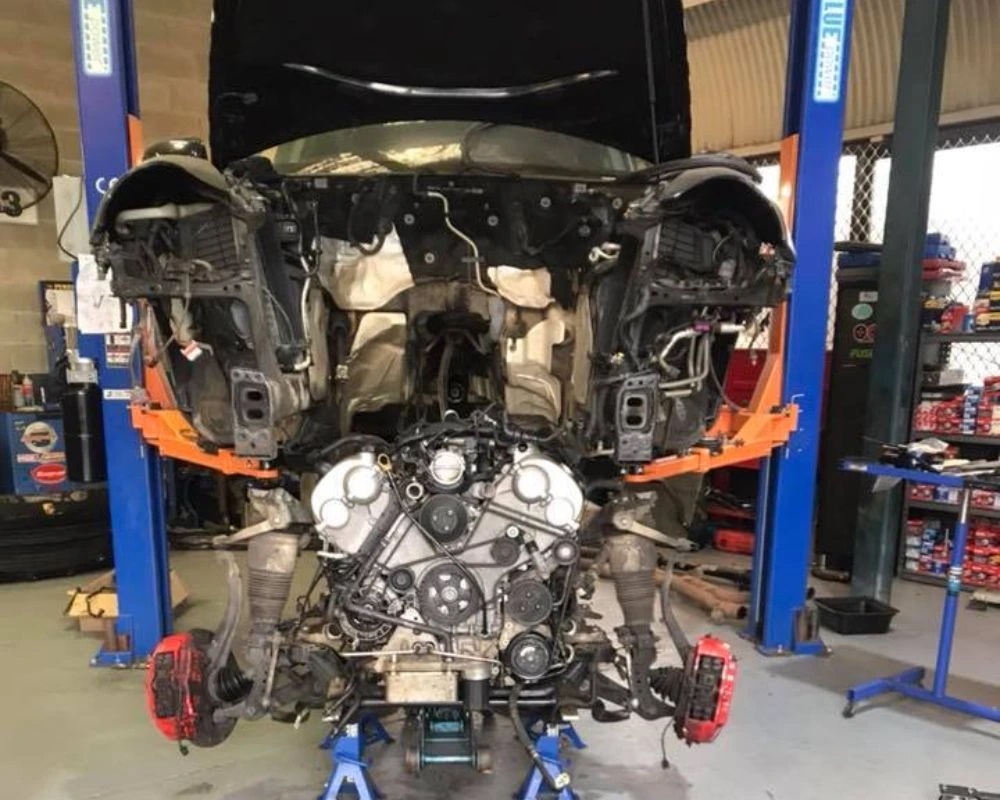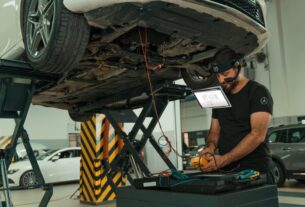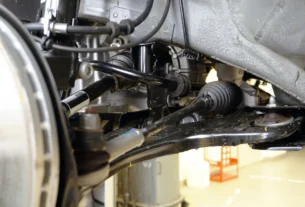Heavy duty trucks face endless battles on rough roads. These vehicles work hard every single day. The terrain is harsh and the wear is real. Suspension systems take the hardest hits. When these parts fail rides become rough. Stability drops and safety gets compromised.
Shocks and Struts Take the Hit
Shocks and struts are always working overtime. These parts absorb road impacts and keep tires grounded. Worn shocks make rides bumpy and less controlled. This wear affects handling and tire health. The roads in rural zones make this worse. Bad shocks often cause more wear across other systems. Replacement is not just helpful but very necessary.
Bushings Break Down with Time
Bushings are simple rubber parts that cushion metal links. These are small but extremely important. They handle vibrations and prevent metal contact. When bushings wear out knocking noises appear. Steering gets loose and noisy. Heavy trucks depend on strong bushings daily. If ignored these failures can spread stress across joints and axles.
Springs Lose Strength under Stress
Leaf springs support the truck’s weight. These metal strips work under constant load. Long drives with heavy cargo reduce their strength. Broken or sagging springs lower ride height. This puts more stress on nearby parts. The truck leans and balance is lost. Damaged springs also affect braking and turning. Replacing them restores proper alignment and ride quality.
Air Suspensions Can Leak or Fail
Some trucks use air suspensions for smoother rides. These systems rely on air bags and compressors. A single leak can drop one side of the truck. The vehicle becomes unbalanced and unstable. This makes hauling heavy loads very risky. Air suspensions also include many sensors. These sensors can fail after long use. Replacing air parts is costly but necessary.
The Heavy Duty Truck in Great Falls, MT faces added stress from long hauls and cold seasons. The terrain often has rough patches that damage suspension parts. Snow and salt add corrosion to this list. Inspections are the only way to prevent large failures. Mechanics in this area understand what local roads do to these trucks.
Alignment Issues Appear Often
Worn suspension causes alignment issues. Tires tilt or turn out of place. Uneven tire wear is one warning sign. Trucks may pull left or right without input. These shifts can cause steering trouble. A poor alignment makes fuel use rise fast. It also wears out tires much quicker than normal. Routine checks help avoid these costly issues.
Conclusion
A strong suspension makes all the difference. Heavy trucks must ride stable and strong. Repairs save more than just money. They protect cargo drivers and other road users. Proper maintenance keeps the truck on the road. Inspections should happen after every long haul. No part should be overlooked or delayed. Strong rides begin with strong suspensions.




